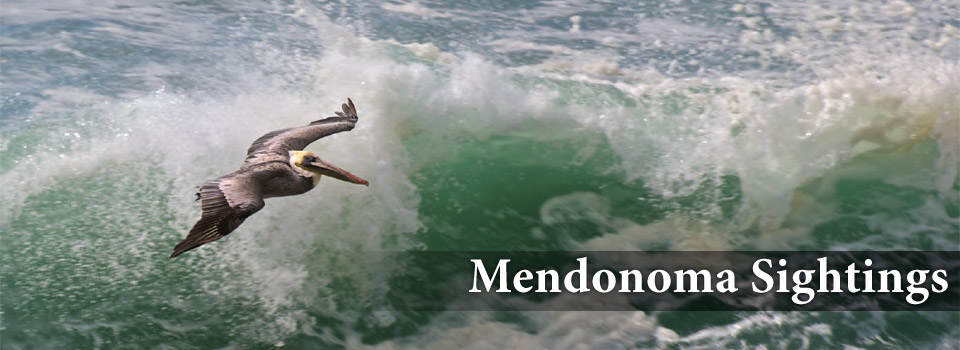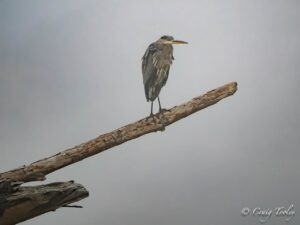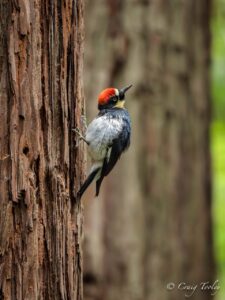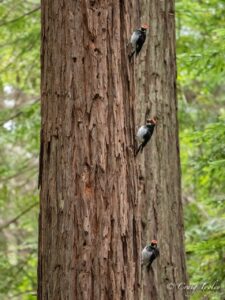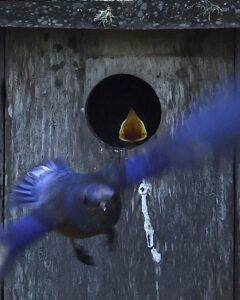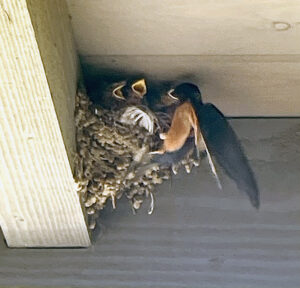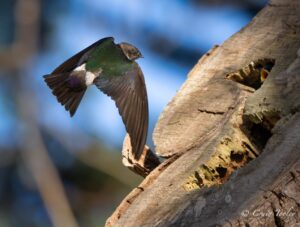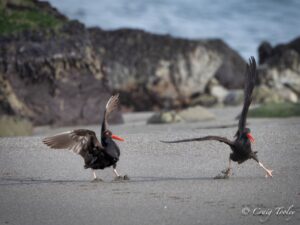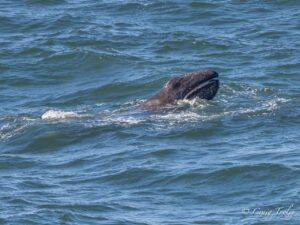Craig Tooley was photographing at the Gualala River when he spotted this Great Blue Heron on a snag. Yes, it was foggy that morning!
Great Blue Herons are year round residents of the Mendonoma Coast!
Thanks to Craig for allowing me to share his photo with you here. To see much more of Craig's nature photography, here is his website: http://www.ruffimage.com
Lots of fog this morning, pulling back in the afternoon. Cool temps, low 60's. No wind. Beautiful fall colors beginning to appear.
